What is the order of DFS or BFS traversals for graphs when there may be vertices which have outdegrees of 0 if we want to do DFS/BFS from a given vertex {0..n-1}.
Below is one BFS implementation for a graph
import java.util.LinkedList;
import java.util.ListIterator;
import java.util.Queue;
public class BreadthFirstSearch {
static class Graph {
int V;
LinkedList[] vertexList;
Graph(int v) {
this.V = v;
vertexList = new LinkedList[v];
for (int i = 0; i < v; i++) {
vertexList[i] = new LinkedList<>();
}
}
}
private void addEdge(Graph graph, int src, int dest) {
graph.vertexList[src].add(dest); // Directed Graph Only
}
private void bfs(Graph graph, int vertex) {
if (vertex > graph.V) {
throw new IllegalArgumentException("Value not defined");
}
boolean visited[] = new boolean[graph.V];
Queue<Integer> queue = new LinkedList<>();
queue.add(vertex);
while (!queue.isEmpty()) {
int a = queue.poll();
if (!visited[a]) {
System.out.print(a + " ");
visited[a] = true;
}
for (Object o : graph.vertexList[a]) {
int n = (int) o;
if (!visited[n]) {
queue.add(n);
}
}
}
}
private void traverseGraphList(Graph G) {
int i = 0;
for (LinkedList list : G.vertexList) {
ListIterator itr = list.listIterator();
System.out.print("src: " + i++ + " ");
while (itr.hasNext()) {
System.out.print(" -> " + itr.next());
}
System.out.println();
}
}
public static void main(String args[]) {
BreadthFirstSearch g = new BreadthFirstSearch();
int n = 8;
Graph graph = new Graph(n);
g.addEdge(graph, 0, 1);
g.addEdge(graph, 0, 2);
g.addEdge(graph, 1, 2);
g.addEdge(graph, 2, 0);
g.addEdge(graph, 2, 3);
g.addEdge(graph, 3, 3);
g.addEdge(graph, 3, 4);
g.addEdge(graph, 5, 4);
g.addEdge(graph, 5, 6);
g.addEdge(graph, 7, 6);
System.out.println("BFS starting from node 2");
g.bfs(graph, 2);
System.out.println();
g.traverseGraphList(graph);
//2 0 3 1 4
}
}
The output is 2 0 3 1 4
